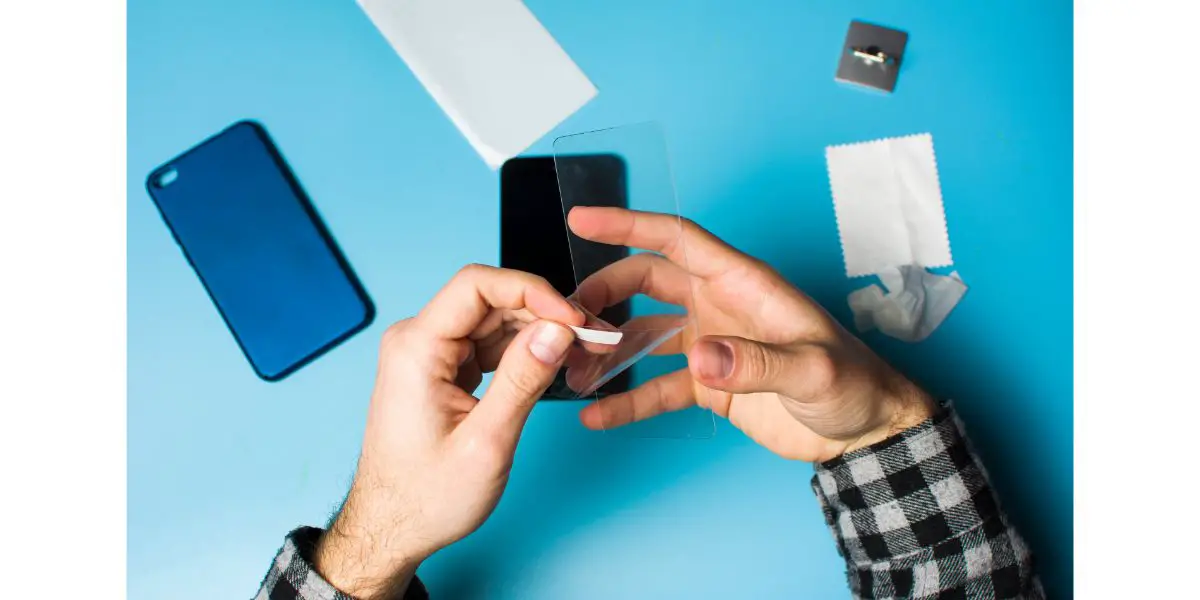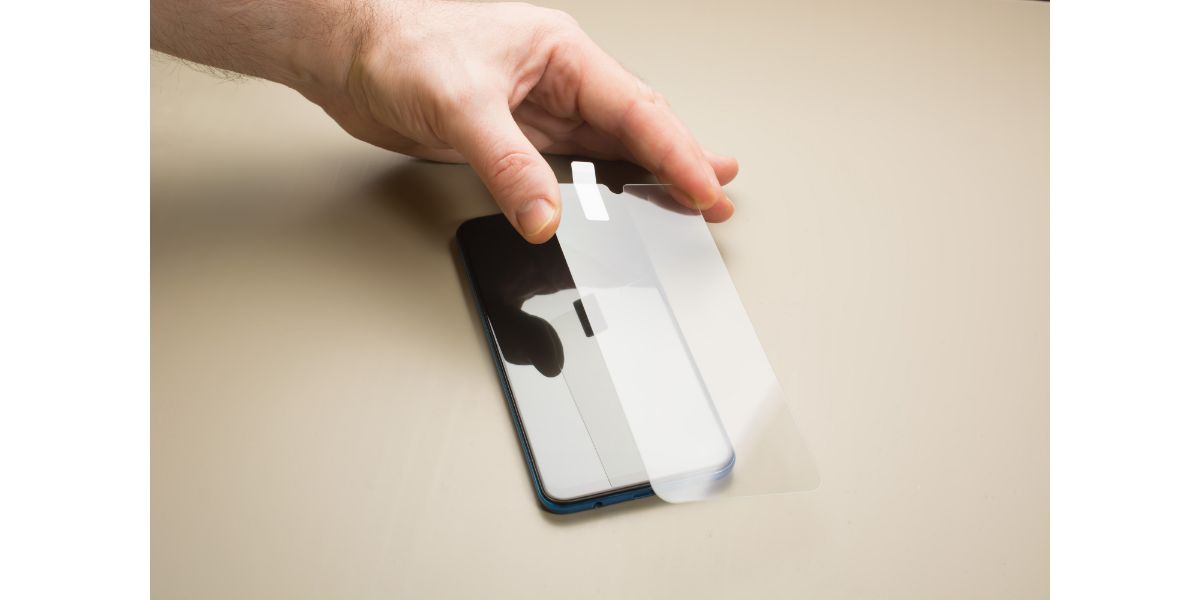Disclaimer: This post may contain affiliate links, meaning we get a small commission if you make a purchase through our links, at no cost to you. For more information, please visit our Disclaimer Page.
Phones are some of the most popular devices we use today. You can see people anywhere, everywhere, carrying phones in various shapes and sizes.
There are a lot of reasons why smartphones have become popular. For one, they are like mini-sized computers. They allow you to keep track of schedules, pay bills, and get in touch with people. Because they have become an essential part of our lives, it makes sense that we’d like to take care of them.
And when it comes to protection, the screen protector comes to mind. They are an effective but cheap layer of protection, especially for our phone screens. Like any other product, screen protectors come in different types and price ranges. And that’s what we’re going to discuss in today’s article.
Table of Contents
What’s the Difference Between Cheap and Expensive Screen Protectors?
We will talk about the differences between cheap and costly screen protectors. Note that different brands use different specifications when making them. Similarly, these brands will have high and low-end versions of their products.
Regarding performance, both cheap and costly protectors can shield your screen against scratches and cracks. However, similar models from different brands might have different properties.
Even a relatively cheap protector offers some protection for your phone display. And this layer could take the brunt of anything that might scratch the phone’s surface. However, the level of protection depends on their material and how they were made.
A more expensive screen protector offers more protection against very hard impact. They are often made from materials with a high rating for impact protection. More so, some pricier models might even withstand direct impacts from hard objects.
It is fair to say that your phone needs only a basic level of protection. This extra layer can shield your screen against cracks or scratches. Also, most modern phone displays use materials that can withstand impacts and scratches.
Are Phone Screen Protectors Necessary?
The choice to add a screen protector to your phone is always going to be a personal one. Some people find peace of mind in the extra protection. Others just want to shield their phones from scratches when they carry them around. However, depending on specific scenarios or cases, a phone screen protector is necessary.
While the efficacy of their protection is debatable, other factors show why you need them. We can look at a few in the list below.
1. Glare Reduction
Some phone screen protectors have special coatings that reduce screen glare. This feature is most useful in direct sunlight or a brightly lit room. However, if you want to see everything on your screen in all light conditions, this may help.
2. Dirt Protection
A smartphone can accumulate dirt or dust over time. In most cases, we can wipe the screen clean. But, it could still leave traces of things we cannot see. Some screen accessories include coatings that repel bacteria from your phone. In addition, some protectors keep oily substances from sticking to the screen.
3. Privacy
We often use our phones in crowded public spaces. Sometimes, we appreciate privacy if we’re dealing with important matters. You can buy some kinds of screen protectors with special tints. It keeps some contents of your screen private from other viewers who might glance at your phone.
Is It OK To Use a Phone Without a Screen Protector?
It should be fine to use a smartphone without a screen protector. In the past, it may have been more crucial to use such an accessory for your phone. Older versions of smartphones don’t use the same materials today. Thus, it may have been easier to scratch or crack the more delicate screens on these models.
While there is nothing wrong with using a screen protector, it is less necessary than it was. Most phone manufacturers have made phones with better and stronger displays. Furthermore, many companies perform stress tests to improve their phone’s toughness ratings. The tougher the phone is, the more it can handle scratches or cracks.
Why Do Some Screen Protectors Not Cover the Whole Screen?
Some screen protectors will cover the entire phone screen, but many will not. If they do, they might cost a bit more than the smaller-sized ones. In any case, much of the reason people want this is for aesthetics and design purposes.
Over the years, smartphones have undergone several design modifications. From the straight square edges, phone designers added curves. Because of these curves, standard screen protectors don’t fit. Thus, a specially designed screen protector is necessary.
Is It OK To Use the Wrong Size Screen Protector?
Ideally, a screen protector should cover the entire phone. But, it isn’t a problem if it doesn’t fit. The only concern is whether it provides adequate protection for your phone. Just remember that there is some risk to the exposed phone parts.
Also, the touchscreen sensors might not respond appropriately if the protector doesn’t fit your screen. That might leave you with an annoying predicament. It does not mean you’ll encounter these troubles often, but the errors can become frequent.
How Can You Tell if You Have a Screen Protector?
There are several ways to check if you have a screen protector on your phone. First, hold your phone up and look at the front screen from several angles. Next, focus on the corners of the phone’s frame to see if you can spot these edges.
Second, feel the front edge of the screen. If there is a screen protector, you should be able to feel a film-like layer that covers the front panel of the phone.
Conclusion
Both cheap and expensive protectors for your screen have their uses. A protective layer at any price point should lessen the risks of scratches or dings on your phone. More expensive accessories might fare well against hard impacts.


